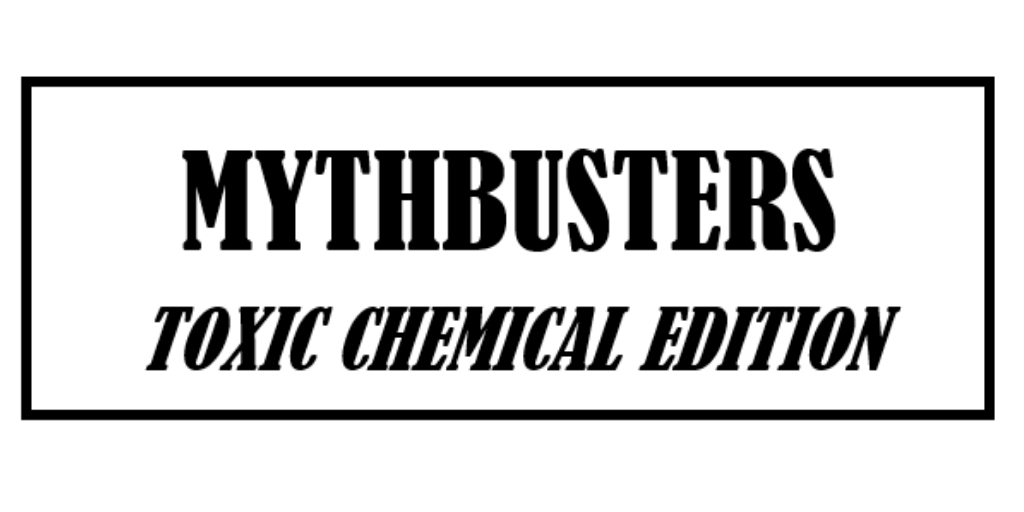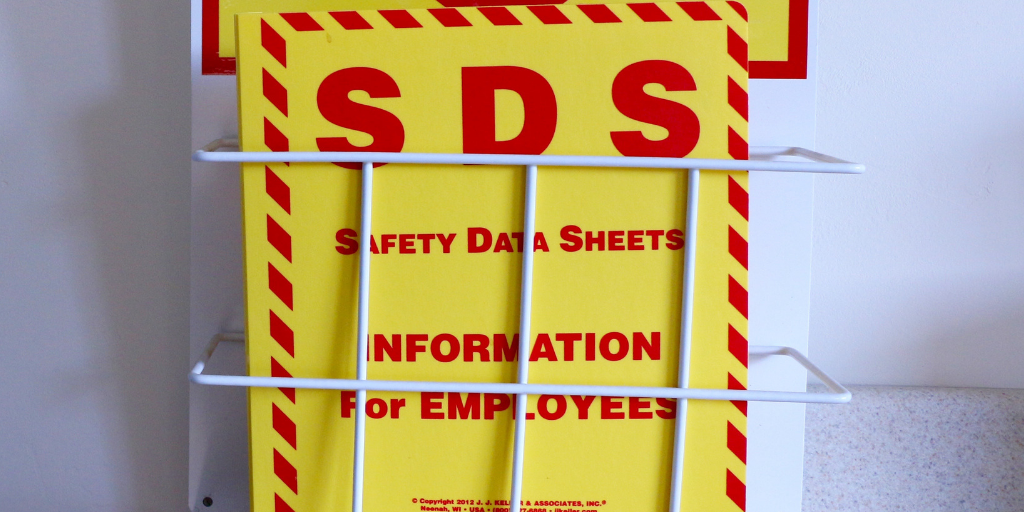
An unwarranted assumption run amok: How the Trump EPA grossly understates the risks of 1-Bromopropane to workers
Richard Denison, Ph.D., is a Lead Senior Scientist.
We have blogged repeatedly about the ways in which the Trump EPA is compromising workers’ health, either by failing to identify the significant risks they face, or wishing away the risks EPA does identify by erroneously assuming that existing industry practices and OSHA regulations are taking care of any possible problem.[pullquote]If EPA uses PPE assumptions to erase unreasonable risks, then it won’t regulate the chemical and will forgo its only opportunity to ensure that PPE is actually used. If EPA does find unreasonable risk even with its PPE assumptions, by understating the magnitude of that risk, any subsequent regulation EPA promulgates will be underprotective.[/pullquote]
All of this is contrary to the mandate Congress gave EPA when it reformed the Toxic Substances Control Act (TSCA) in 2016. The new TSCA strengthens EPA’s authority and mandate to protect workers, explicitly identifying them as a “potentially exposed or susceptible subpopulation.” But under this administration, EPA has instituted many policies and practices that undercut the protections afforded workers under TSCA.
A key policy driver is EPA’s assertion – absent any empirical evidence to support it – that workers throughout chemical supply chains will always wear effective personal protective equipment (PPE). There are many legal, scientific and policy problems with this assumption, and it is only one of many questionable aspects of the Trump EPA’s handling of risks to workers.
But just how big a difference does this assumption make? Let’s look at the agency’s draft risk evaluation for the carcinogenic solvent 1-Bromopropane (1-BP), which is currently undergoing public comment and peer review.
For some conditions of use and associated exposure scenarios, EPA did find unreasonable risk, while for others it did not.
EPA’s presentation of its risk findings in Table 5-1 (starting on p. 260) doesn’t make it easy to ferret out just how much the agency relies on its PPE assumption to erase or reduce any unreasonable risks it finds. But by poring through the dozens of detailed tables in the bowels of its draft risk evaluation, one can discern the levels of risk EPA found for various “conditions of use” of 1-BP. The tables show those risk levels before EPA applied its assumptions regarding PPE use, then whether an assumption of PPE use could make that risk go away, and if so, what degree of efficiency of respirators or gloves EPA had to assume would be used.
The analysis we had to do of EPA’s data tables is quite complicated, so let me just summarize what we found:
- There are only two kinds of scenarios under which EPA did find unreasonable risk:
- Scenarios where the risks EPA found are so high that it could not make them go away even after assuming that workers would always use the most protective level of PPE that EPA considered. For inhalation exposures, this would be a highly efficient (and highly cumbersome) respirator with an “assigned protection factor” (APF) of 50, i.e., reducing air concentrations by 50-fold. For skin exposures, this would be highly impermeable gloves assumed to provide a “protection factor” (PF) of 20, i.e., reducing skin contact concentrations by 20-fold.
- Scenarios where EPA cannot with a straight face assume any use of PPE by the exposed persons. These include consumers and bystanders; workers and bystanders at businesses like dry cleaners; and so-called “occupational non-users” – workers not directly handling the chemical.
- With one exception, for all conditions of use where EPA found there was not unreasonable risk, in order to reach that finding, EPA had to assume that all workers were using both respirators and gloves. In other words, any worker not using both a respirator and gloves would face an unreasonable risk from inhalation or dermal exposure, based on EPA’s own analysis.
- The exception is consumer exposure to installed insulation, where bizarrely EPA only considered acute, not chronic, exposure.
For both kinds of determinations, EPA’s unwarranted approach raises big problems. If EPA uses PPE assumptions to erase unreasonable risks, then it won’t regulate the chemical and will forgo its only opportunity to ensure that PPE is actually used. If EPA does find unreasonable risk even with its PPE assumptions, by understating the magnitude of that risk, any subsequent regulation EPA promulgates will be underprotective.
One might think that, before relying so universally and exhaustively on such an assumption, EPA would have developed extensive empirical support for it. One would be wrong. Not only does EPA lack empirical data, it relies instead on assertions volunteered by companies making or using the chemical – and even this anecdotal, undocumented information is germane to only a small subset of its conditions of use. EPA also grossly misrepresents the authority of the Occupational Health and Safety Administration (OSHA) and falsely implies that PPE use is mandatory under OSHA regulations when it is not. EPA also ignores numerous reports – specific to 1-BP – of PPE being used improperly or not at all, in some cases resulting in severe worker injuries (see, for example, here and here).
Here are some more empirical data: Even where OSHA respiratory protection requirements do apply to a chemical, OSHA’s database of inspections demonstrates significant noncompliance with those requirements. In fiscal year 2018 alone, OSHA cited 2,892 violations of the respiratory protection standard identified in 1,281 separate inspections. Violations of the respiratory standard were the 4th most common type of violation in OSHA inspections that year, exceeded only by those for two categories of physical hazard and the Hazard Communication Standard.
But this EPA is not about to let the facts get in its way.












